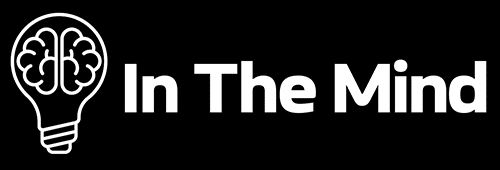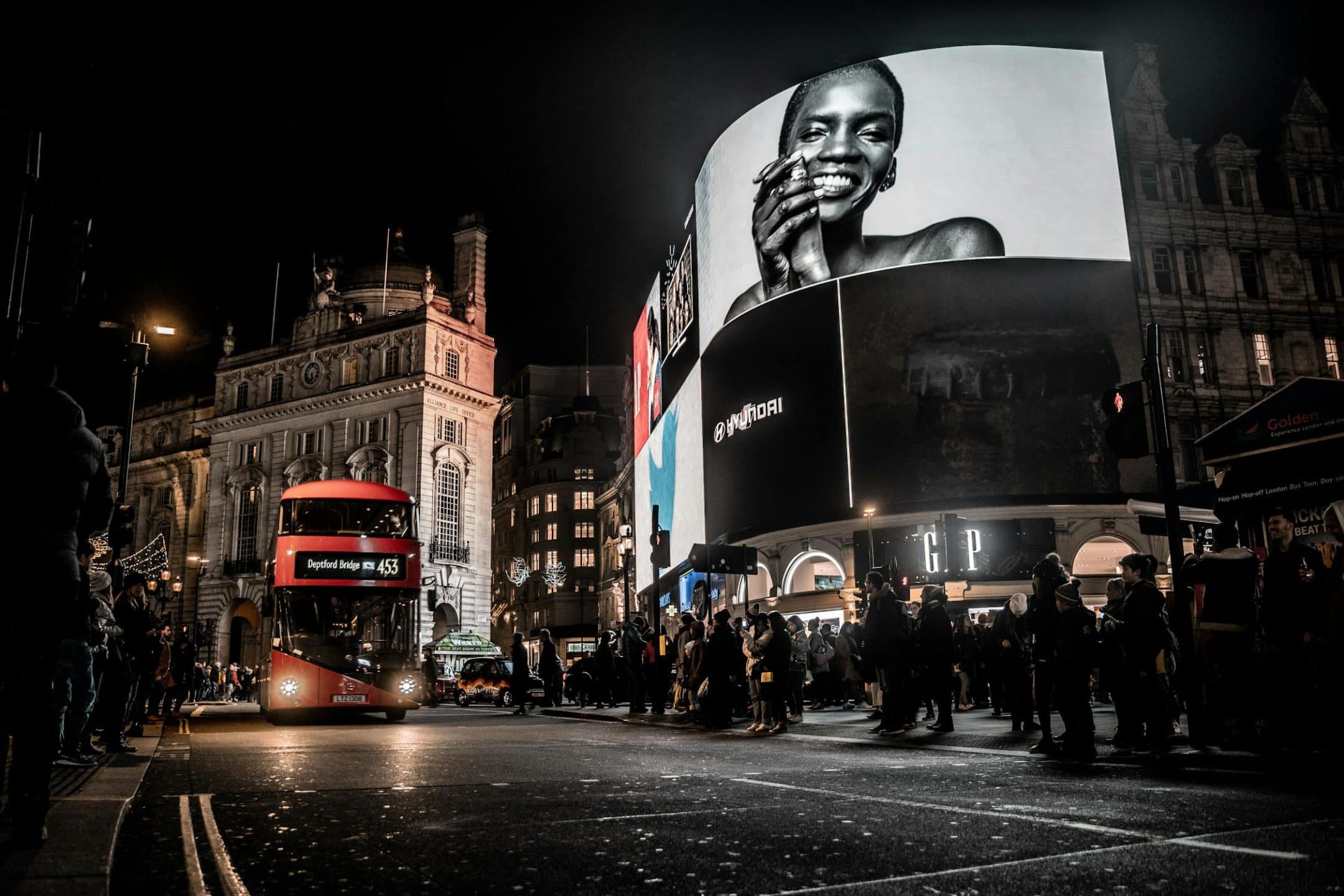Think about the last advert you can truly recall. Not just one you vaguely recognise, but one where you remember the message, the brand, the product, and the emotions it evoked. When was this? Five days ago? Five months ago? Five years—or longer?
There are many reasons why ads are less memorable today: media saturation, ad-blocking technology, the rise of digital formats with fleeting engagement, and the industry’s low standards for viewability. But another major reason is that modern advertising is obsessed with being too clever.
In an industry where creativity is currency, too many brands and agencies focus on cleverness at the expense of effectiveness. The result? Advertising that might win awards but does little to build brands, drive sales, create lasting customer connections or even be seen by the target customer. Today’s ads are so focused on standing out that they forget what made advertising great in the first place: understanding the customer, the product, and the connection between the two.
The decline of advertising’s golden principles
Legends like David Ogilvy, Bill Bernbach, and Howard Gossage built their careers on timeless principles: know your product, know your audience, and speak to them in a way that matters. They understood that great advertising wasn’t just about being witty or attention-grabbing; it was about being persuasive. As Bernbach himself said “Advertising is fundamentally persuasion, and persuasion happens to be not a science, but an art.”
The issue, at least in part is the rise of digital advertising where companies are so busy looking at the data to see if the media has been efficient they have lost sight on the need for it to be effective.
In Ogilvy on Advertising, David Ogilvy famously said, “If it doesn’t sell, it isn’t creative.” Yet today’s industry seems to have forgotten this. Instead of crafting compelling stories rooted in customer insights, all too often companies chase viral trends, prioritise algorithms, and churn out content for content’s sake. As Jim Collins states in Good to Great, “Good is the enemy of great.” Much of the content produced today doesn’t even reach “good”—it’s drowning in mediocrity, producing forgettable digital wallpaper that meets ad standards as an impression but does nothing to move the needle.
Why cleverness is killing advertising
Rory Sutherland, argues that marketing works best when it taps into human psychology, not just rational messaging. He champions behavioural economics over mere logic, highlighting how people don’t buy products—they buy meanings, emotions, and identities. Yet, today’s marketing is driven by a different kind of psychology: the need to be seen as innovative and different at all costs.
This obsession with novelty results in advertising that prioritises form over function. Companies can be too focused on creating impressive and clever content or ads rather than ones that will resonate with their customers and build their brand. The irony is that while they try to be groundbreaking, they’re producing content that is instantly forgettable. As Simon Sinek emphasizes in Start With Why, successful brands inspire loyalty by tapping into purpose—not by simply trying to be clever.
The science of why old-school advertising worked
Behavioral economists like Daniel Kahneman (Thinking, Fast and Slow) have demonstrated that decision-making is largely subconscious. People rely on mental shortcuts, emotions, and past experiences rather than hyper-rational comparisons of features. This is why classic advertising worked—it appealed to emotions, not just intellect. James Webb Young, in A Technique for Producing Ideas, outlined that creativity isn’t about being original for the sake of it; it’s about making meaningful connections between ideas and human desires.
Modern advertising, on the other hand, often prioritises newness and efficiency over effectiveness. Instead of truly understanding the product and audience.
The dangers of content overload and the pursuit of virality
Another major problem is the sheer volume of content being produced. Digital platforms demand constant output, and brands feel pressure to stay “relevant” in an endless cycle of content churn. But more isn’t better. In fact, it’s worse. As Seth Godin has pointed out in This is Marketing, attention is a precious commodity, and simply producing more noise leads to consumer fatigue.
When advertisers try too hard to go viral or be disruptive, they often fail to build a lasting brand presence. Real engagement comes from consistent, well-crafted messaging—not from chasing the latest TikTok trend or creating stunt ads that generate buzz for a day and are forgotten tomorrow.
Why storytelling and simplicity win
One of the greatest strengths of traditional advertising was its reliance on storytelling. Bill Bernbach, the creative force behind the famous Volkswagen “Think Small” campaign, proved that simplicity and authenticity are more persuasive than gimmicks. Classic ads from brands like Coca-Cola, Nike, and Apple focused on human stories and values, making them timeless.
By contrast, many modern campaigns prioritise shock value or esoteric humour that fails to connect with a broad audience. As Daniel Kahneman’s research shows, people remember emotions and experiences, not abstract cleverness. Story-driven advertising that taps into universal human truths will always be more effective than ads that prioritise fleeting trends.
How can we change this?
We need to return to the fundamentals:
- Know the customer. Stop treating advertising as an intellectual exercise in cleverness. Prioritise deep customer insights.
- Understand the product. Too many marketers promote things they barely understand. As Ogilvy insisted, you must become a student of the product you’re selling.
- Bridge the gap between the two. Advertising should make a product or service more desirable, relevant, and necessary in the consumer’s value system.
- Prioritise effectiveness over cleverness. Gossage famously said, “People don’t read ads. They read what interests them, and sometimes that happens to be an ad.” Create compelling, valuable content, if you do for the target customers it’s no longer an ad.
- Embrace depth over volume. Instead of pumping out mediocre content, focus on crafting fewer, higher-quality campaigns with strong, memorable messaging that are based on customer insight.
- Tell better stories. As Bernbach and Ogilvy knew, the most effective advertising is built on storytelling, not stunts or superficial humour.
- Measure real impact. The obsession with impressions and clicks has led to a decline in advertising effectiveness. Brands should refocus on long-term brand building and customer retention rather than short-term digital metrics.
Conclusion: bringing advertising back to greatness
Advertising at its best informs, persuades, and builds trust. Right now, much of it does none of these things. Companies should return to what made advertising powerful in the first place: understanding their audience, their product, and how to bridge the gap between them. The best advertising has never been about being the loudest, the wittiest, or the most technologically advanced—it has always been about being the most relevant and persuasive.
The industry doesn’t need more clever ads. It needs more effective ones. And the roadmap for that isn’t new—it was written decades ago by the advertising greats. Maybe it’s time to start listening to them again.


